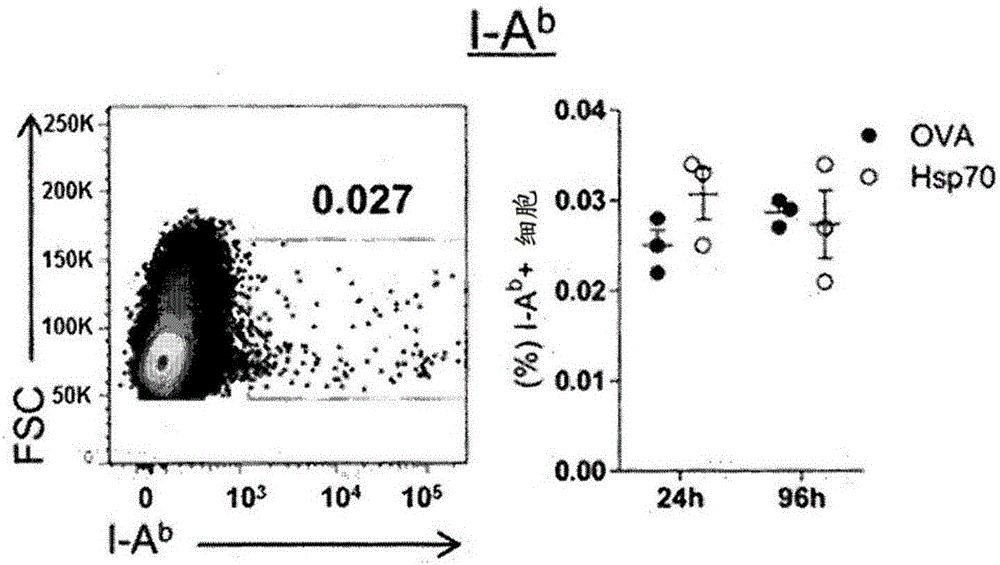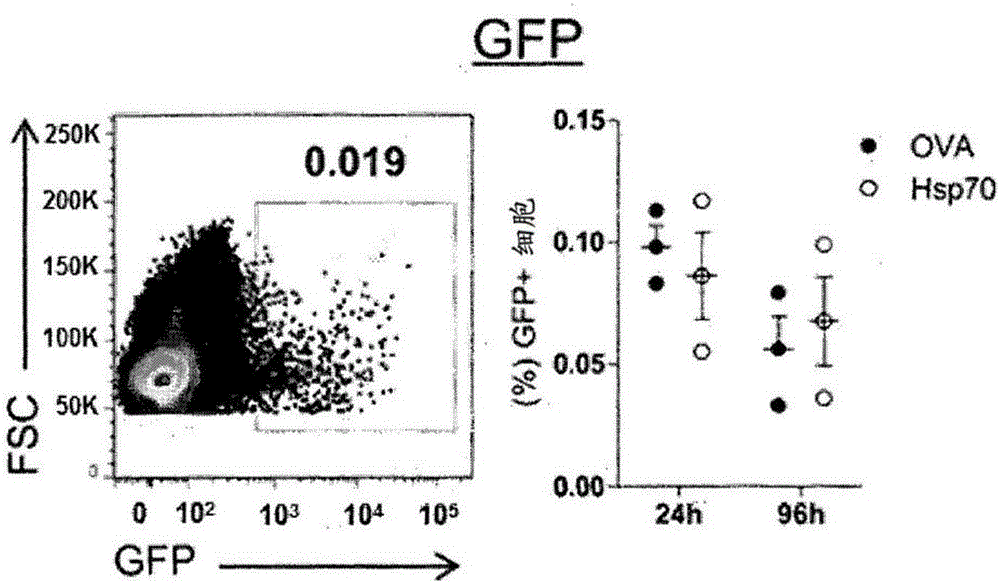Composition and method for ex vivo immunomodulation and/or preservation of organs, methods and use
An immunomodulatory, ex vivo preservation technique used in the fields of pharmacy, immunology, chemistry and medicine to address issues such as limiting acute rejection and difficulty in maintaining the viability of transplanted organs
- Summary
- Abstract
- Description
- Claims
- Application Information
AI Technical Summary
Problems solved by technology
Method used
Image
Examples
Embodiment 1
[0091] Example 1. Composition for ex vivo preservation and immunoregulation of organ cells to be transplanted. Adjust MARCH-I, Use of the substance Hsp70 of MHC II and / or CD86 in a preservation solution.
[0092] In this embodiment of the invention, the substance that modulates MARCH-I, MHC II and / or CD86 is Mycobacterium tuberculosis Hsp70 (sequence number NC_000962.2 of GenBank). This protein was achieved by subcloning the coding gene into plasmid pET23a and introducing it into Escherichia coli strain BL21. After bacterial culture and protein production, the protein was purified using an ATP-Sepharose (Sigma) column for protein purification according to Mehlert & Young. To determine protein concentration, use the fluorimetric test Quant-iT TM protein assay kit (Invitrogen) and Samples were read in a fluorometer (Invitrogen). For removal of lipopolysaccharide (LPS), the method described in Aida and Pabst using Triton X-114 (Sigma) was used. Contaminant Triton was rem...
Embodiment 2
[0192] Example 2. Screening of new molecular experiments suitable for preparing transplanted organs for ex vivo preservation and / or immunomodulatory compositions body method.
[0193] In response to the unexpected experimental results, the inventors investigated whether other molecular entities could provide the immunosuppressive effect caused by the regulation of MARCH-I, MHC II, and CD86. For this purpose, preservation compositions were initially considered to have synthetic analogues of Hsp70 (eg, some peptides) and their binding potential to MHC II was assessed in studied animals to provide the same immunosuppressant effect. The experiments conceived by the inventors provide a method of screening new molecular entities suitable for the preparation of compositions for the ex vivo preservation and immunomodulation of transplanted organs, said method comprising the following steps:
[0194] - a first step: contacting one or more molecular entities with cells having a prot...
Embodiment 3
[0222] Example 3 : Composition for preserving transplanted organs and for suppressing their rejection - increasing graft survival
[0223] Dipping treatment followed by topical treatment with Hsp70 increases skin graft survival
[0224] In order to prolong even more the graft acceptance following topical treatment with Hsp70, the inventors have implemented a novel strategy in which recipients received grafts treated with Hsp70 or OVA on day 0.
[0225] Subsequently, each animal received topical application of 2 drops of Hsp70 or OVA solution, depending on graft treatment, until day 7. That is, animals receiving grafts treated with Hsp70 received topical application of Hsp70 solution and the same topical application of OVA.
[0226] exist Figure 18 , an overview of the strategies used can be found in Item A. Notably, graft survival was much greater in Hsp70-treated animals when compared to OVA-treated animals ( Figure 18 , B and C and Table 6). Furthermore, this stra...
PUM
 Login to View More
Login to View More Abstract
Description
Claims
Application Information
 Login to View More
Login to View More - R&D
- Intellectual Property
- Life Sciences
- Materials
- Tech Scout
- Unparalleled Data Quality
- Higher Quality Content
- 60% Fewer Hallucinations
Browse by: Latest US Patents, China's latest patents, Technical Efficacy Thesaurus, Application Domain, Technology Topic, Popular Technical Reports.
© 2025 PatSnap. All rights reserved.Legal|Privacy policy|Modern Slavery Act Transparency Statement|Sitemap|About US| Contact US: help@patsnap.com



